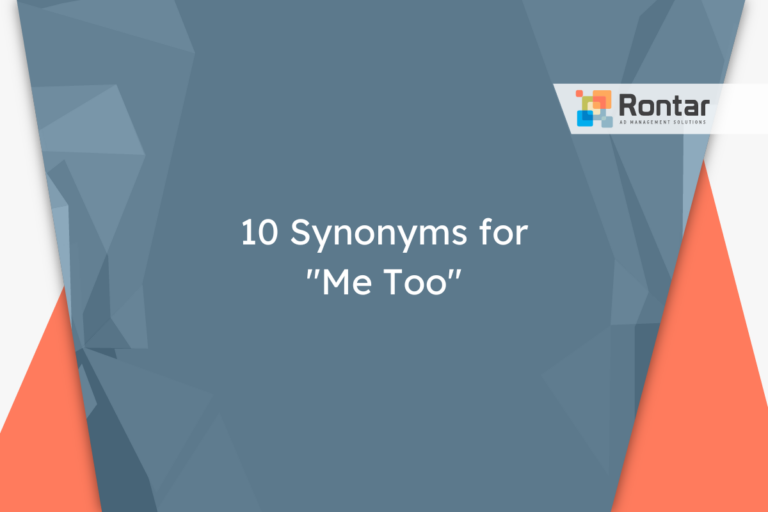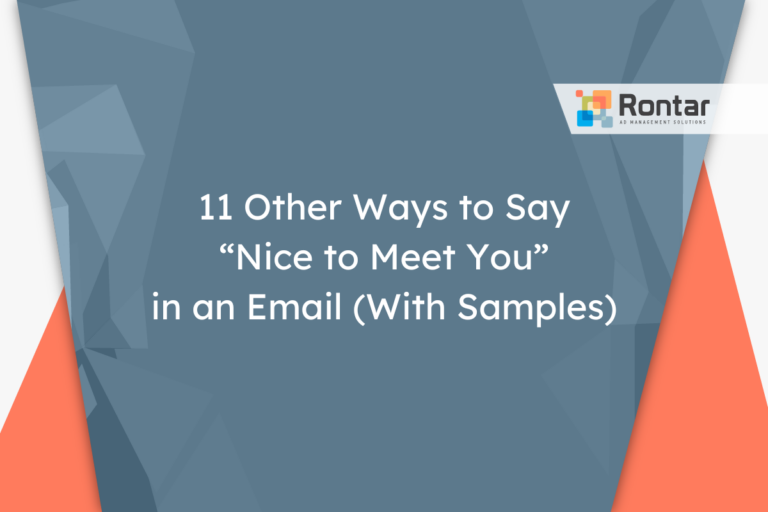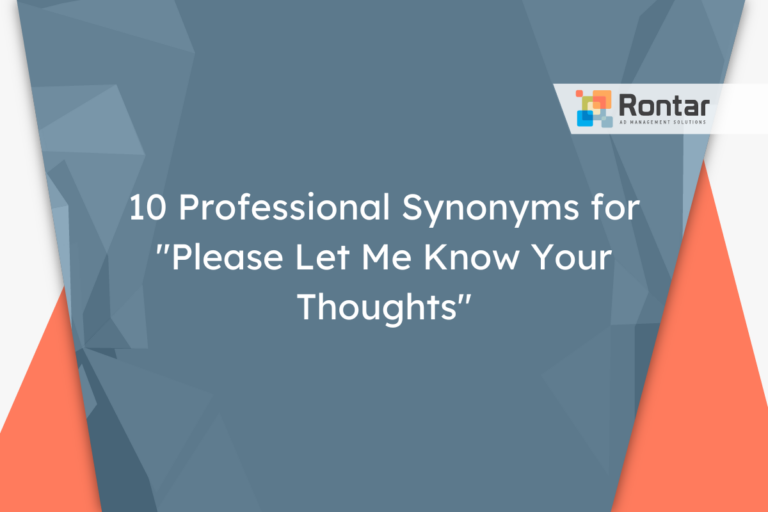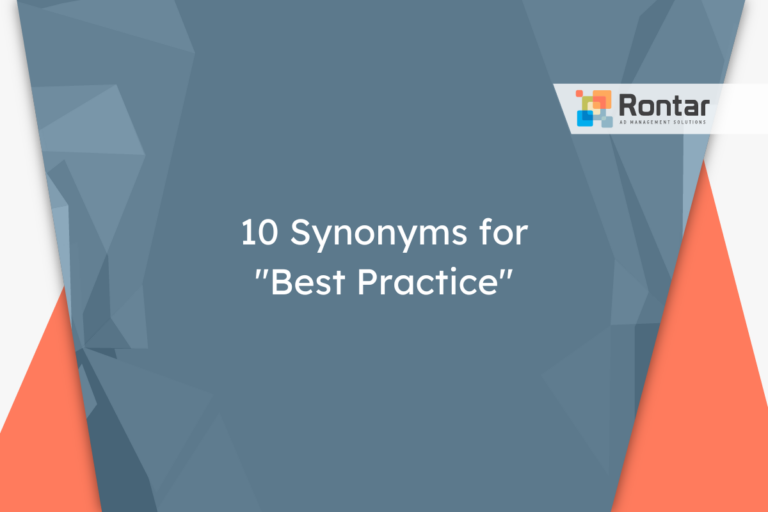12 Professional Ways to Say “Does That Make Sense”
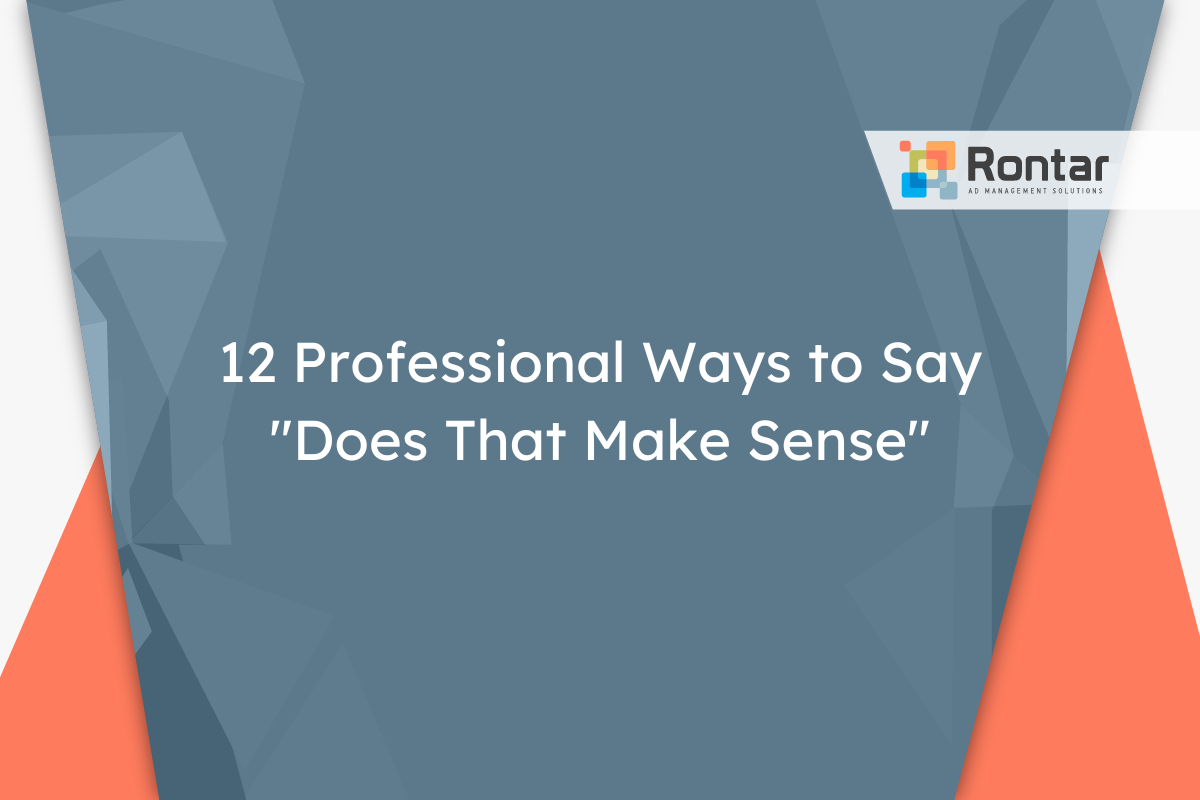
Communication is key in any professional setting, and ensuring your message is understood is just as important as the message itself. Sometimes, the phrase “Does that make sense?” might not fit every situation.
This article explores twelve different ways to ask if someone understands your message, helping you to maintain clarity and engagement. Each alternative offers a unique approach to suit various contexts, driving effective and considerate communication.
Is It Professional to Say “Does That Make Sense”?
Asking “Does that make sense?” can be seen as both professional and polite, but its formality can depend on the context in which it is used. It’s a way to ensure that the information shared is understood, showing consideration for the listener’s or reader’s comprehension. Typically, this phrase is suitable in meetings, presentations, or in written communications where you want to confirm understanding without being overly formal.
In professional settings, where clear communication is key, using “does that make sense” can be very helpful. For example, during a presentation, after explaining a complex idea, asking if it makes sense helps to engage the audience and address any confusion immediately. Similarly, in emails, it can prompt the recipient to seek clarification if needed, ensuring everyone is on the same page.
Here’s an example of how it might look in an email:
Hi Alex, I've attached the report for our upcoming project, outlining each phase, the resources we'll need, and tentative deadlines. I've tried to detail every step to avoid any confusion and ensure a smooth workflow. Does that make sense? Please don't hesitate to ask if any parts need further clarification or if there are any concerns. Best regards, Emily
Here are the pros and cons of using the phrase:
Pros:
- Encourages open communication and feedback.
- Demonstrates consideration for the listener’s or reader’s understanding.
- Can prevent misunderstandings by clarifying points upfront.
Cons:
- May seem redundant if overused.
- In certain contexts, it could potentially undermine the speaker’s confidence.
- Could be perceived as informal in highly formal settings.
Sometimes, someone might want to use an alternative phrase. The reason for seeking alternatives could vary. Maybe they’re looking for a more formal way to express the same idea, or perhaps they feel the phrase “does that make sense” is overused and has lost some of its impact. In any case, using synonyms or different ways to ask for confirmation can be refreshing and might fit the communication style or the formality of the situation better.
12 Other Ways to Say “Does That Make Sense”
Exploring alternatives to “Does that make sense” can enrich your communication, making it more engaging and clear. Here are twelve different ways to ask if someone understands your message:
- Do you have any questions?
- Is that clear?
- Do you need any further clarification?
- Any questions on this?
- Do you understand?
- Am I making sense?
- Are you following this?
- Am I being clear?
- Are there any unclear points?
- Can I clarify anything?
- Are you with me so far?
- What do you think so far?
1. Do you have any questions?
This alternative is more open-ended compared to the original phrase, inviting any type of inquiries rather than a simple yes or no. It can feel more professional and polite, especially after presenting a lot of information. It’s a way to engage the listener actively, giving them the space to express any doubts or concerns they might have.
This phrase is particularly useful in meetings or presentations where you want to encourage participation and ensure there’s no confusion about what has been discussed. It’s also great in educational settings or when introducing new concepts.
Here’s a look at how this might be used in an email:
Hi Mark, I've outlined the proposal for our new marketing strategy in the attached document. Please review it at your earliest convenience. Do you have any questions? I'm here to provide all the answers. Best, Linda
2. Is that clear?
This alternative is more direct and can come across as both formal and polite. It implies that the sender is concerned about the clarity of the information they’ve provided. This phrase might be particularly suited to situations where precision and understanding are crucial, such as legal or technical discussions.
It’s better suited when you are looking for a quick confirmation of understanding, especially in written communications like emails or reports, where misinterpretation could lead to significant issues later on.
Here’s an example of this phrase in use:
Hi Carla, I've completed the revisions on the contract per our last discussion, focusing on the sections about intellectual property rights. Is that clear? Your understanding is important to us. Warm regards, Tom
3. Do you need any further clarification?
This alternative suggests a more formal and caring approach. It’s not just about asking if the listener or reader gets the point but also offering additional help if necessary. This can be seen as highly professional and polite, ensuring that no stone is left unturned in terms of understanding.
It’s best used in scenarios where detailed explanation has been given, such as complicated project outlines or intricate reports. This phrase works well in emails or meetings where you anticipate questions may arise.
Here’s a sample email:
Hi James, Following our discussion, I've sent over the project documents that detail our approach for the next quarter. Do you need any further clarification? I'm here to ensure everything is crystal clear. Kind regards, Sophie
4. Any questions on this?
More casual than “Does that make sense?” this alternative invites the listener to ask questions in a relaxed, informal manner. It might feel less formal, but it’s equally polite and ensures that the communication lines are open for queries. This can be great in team meetings or in less strictly formal emails where fostering a friendly atmosphere is key.
This phrase is particularly appropriate when you are sharing updates or instructions with a team and you want to make sure everyone is on the same page without coming across as too authoritative.
Here’s how you could use it in an email:
Hi Team, I’ve updated the project schedule with the new deadlines and tasks for everyone. The file is shared in our drive for your reference. Any questions on this? Feel free to reach out. Cheers, Jordan
5. Do you understand?
This alternative is straightforward and can come across as more direct but still remains polite. It directly addresses whether the receiver has grasped the information or not. This might be most effective in one-on-one conversations or emails where clear understanding is critical, and you’re seeking immediate confirmation.
When clarity is non-negotiable, such as in instructions for crucial tasks or when explaining complex concepts, this question ensures there is no ambiguity.
For an email example:
Hi Eric, Please review the updated guidelines for our security protocols attached. It’s essential that these procedures are followed meticulously. Do you understand? It’s crucial that we’re all aligned on this. Best, Rachel
6. Am I making sense?
This synonym turns the focus back on the speaker or sender, showing a level of self-awareness and concern for the clarity of their message. It’s slightly informal but remains polite and can create a more personal connection. It particularly fits well in conversations or emails where you’re explaining something new or complex and want to make sure you’re being understood.
This question is well-suited for interactive sessions, like workshops or team meetings, where feedback is not just welcomed but essential for progress.
Considering this approach, here’s a sample email:
Hi Lisa, As we prepare for the upcoming audit, I've outlined a few key processes we need to tighten. The details are in the attached document. Am I making sense? Your feedback would be invaluable. Regards, Kevin
7. Are you following this?
Asking if someone is following the conversation is a polite and slightly less formal way to ensure that the listener or reader keeps up with the discussion. It’s especially useful in presentations or during meetings where complex subjects are being tackled. This alternative shows that you care about the audience’s understanding without putting them on the spot.
This is better suited when you’re going through detailed explanations or step-by-step instructions in a live setting or in an instructional video or webinar.
And here’s how you’d use it in an email:
Hi Zoe, I’ve broken down the project phases into smaller, manageable tasks, as shown in the timeline attached. Are you following this? Let me know if you need more details on any segment. Best wishes, Neil
8. Am I being clear?
This version also shifts the attention to the communicator, asking for feedback on their own clarity. It is professional, polite, and slightly formal, suitable for both in-person conversations and digital communications. This phrase is particularly effective when you’re seeking direct feedback on your communication style or the content you’ve shared.
Use this when outlining policies, procedures, or complex concepts, especially in training sessions or critical briefings where understanding is paramount.
To illustrate, here’s an example email:
Hi Megan, Below, you'll find the outlined steps for the new data entry protocol. It's important that these guidelines are followed to ensure consistency. Am I being clear? Your comprehension is crucial for the team's success. Sincerely, Greg
9. Are there any unclear points?
This phrase invites the listener or reader to identify specific areas of confusion, making it a professional and polite way to seek out gaps in understanding. It’s slightly more formal than some of the other options and sets a constructive tone for discussions. This alternative is ideal in educational settings, workshops, or any scenario where detailed feedback on specific topics is appreciated.
It’s particularly useful after presenting comprehensive or complex information that might leave room for questions.
Consider this email example:
Hi Jenna, I've detailed the quarterly budget forecast in the attached presentation, highlighting areas where we've adjusted our strategy. Are there any unclear points? I’m happy to go over any segment in more detail. Kind regards, Omar
10. Can I clarify anything?
This question shows a readiness to provide further explanation, indicating a polite and professional approach to communication. It suggests the sender is not just open to questions but actively encourages them. This phrase is especially useful after lengthy discussions or presentations, where certain points may require additional clarification.
This alternative is particularly suited for post-presentation Q&A sessions, detailed emails about projects or tasks, or any situation where you might have presented a lot of information at once.
Here’s how it appears in an email context:
Hi Colin, Attached is the report on our research findings, which covers extensive data and insights into market trends. Can I clarify anything? Your understanding is important to the success of our next steps. Yours, Alice
11. Are you with me so far?
This phrase feels informal yet polite, creating a casual atmosphere that encourages dialogue. It’s useful in making sure that everyone is keeping up, especially during detailed explanations or when introducing new concepts. This question signals to the audience that their engagement and understanding are important.
Best used in interactive settings like meetings, workshops, or when leading a team through new procedures, to ensure engagement and comprehension.
To illustrate its use, here’s an email sample:
Hi Ben, As we navigate the changes in the project scope, I've drafted an updated plan that outlines our revised priorities and timelines. Are you with me so far? I value your input and want to ensure we're aligned. Kindly, Andrea
12. What do you think so far?
This question not only asks for confirmation of understanding but also invites the listener’s or reader’s opinions, making it a polite and slightly informal way to interact. It’s perfect for situations where collecting feedback is as important as ensuring comprehension. This phrase fosters a two-way street of communication, where you’re not just disseminating information but are also interested in the perspectives of others.
This is an excellent choice for brainstorming sessions, midway through presentations to gauge interest and understanding, or in emails where you’re seeking feedback on a proposal or plan.
Here’s an example of it in action:
Hi Olivia, I’ve shared the initial concepts for the marketing campaign in the attached document. What do you think so far? Your insights would be greatly appreciated as we refine our approach. Looking forward to your thoughts, Ethan
Final Thoughts
Choosing the right way to ask if someone understands you can greatly impact your communication. The twelve alternatives provided aim to suit various scenarios, whether they require a formal approach or a more casual tone. Considering the context and the audience’s needs can help you select the most appropriate phrase. Effective communication is about making sure everyone is on the same page, and these alternatives can help achieve that goal.

